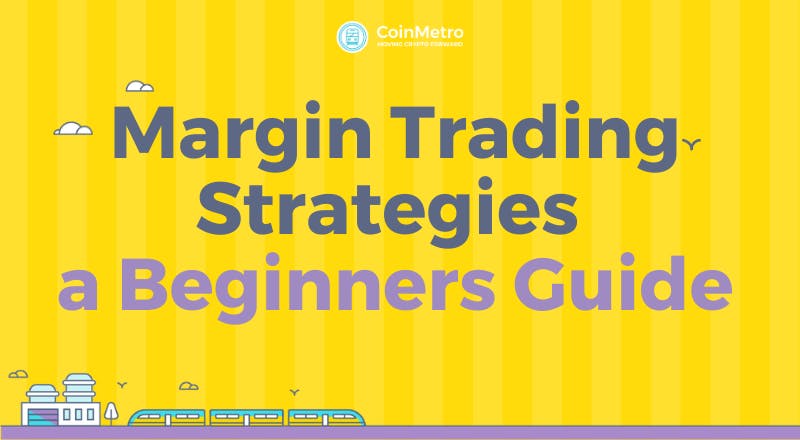Margin Trading Strategies – a Beginner’s Guide
December 5, 2025

by Kamil S
December 5, 2025
Have you been trying to decode margin trading? Great – we are here to help! Margin trading is an efficient way to trade crypto. But it requires some knowledge and caution. Let’s have a look at some margin trading strategies that you can use.
Let’s take a step back. In order to start margin trading, you first need to understand some essential concepts.
Trading means buying and selling assets with the aim of making a profit. Institutional trading looks at buying and selling stock, shares, and currencies. Cryptocurrency trading involves buying and selling digital assets. Although the tradable assets differ, the purpose remains the same in both worlds. So, trading aims at returning a profit.
Margin trading is a practice that allows trading assets by using additional funds provided by a third party. Margin accounts give traders access to more capital. This means that traders can leverage their positions. In essence, margin trading strengthens trading positions and traders can realize larger gains on successful trades.
As mentioned above, traditional markets fund margins by using an investment broker. So, who provides these funds in the crypto market? This is usually done by other traders. Their motivation is to earn interest on the funds they borrow for margins. In some cases, the exchange is the party that provides margin funds to traders.
Check out our comprehensive guide on What is Margin Trading to find out more!
You are now up to date with the idea of margin trading. So, what to do next? Distinguishing between long and short term trading is a starting point for your strategy. But what does that mean?
Short position means betting that the price movement will decrease. In more detail, traders use a short position when they predict that the market is going to move down. In other words, you are betting against an asset instead of for it.
Yes, you guessed it. Long position is essentially the opposite of short.
A long position means betting that the price movement will increase. Traders use a long position when they believe that the market will experience an increase. This way, they bet that the price of a certain asset or the entire market will continue climbing. They make profits from the price appreciation and sell at a later date.
Long and short positions can be used with or without leverage. Margin trading a short position means that the trader borrows funds when the market is in decline. The funds amplify the trade. If the market does really decline, the asset prices drop, i.e., the trader profits.
In case of longing, traders profit from price appreciation and sell at a later date.

It’s time we got more practical! Below, you’ll find strategic tips to consider when margin trading.
It is important to stay rational when margin trading. Don’t enter into trades that you are not fully prepared for. Use technical analysis and trading indicators instead of your emotions and adrenaline.
Plan your trades ahead of time instead of being spontaneous. Also, try to have some patience when margin trading. Calculating the right entry moment will give you an advantage. Especially, when compared to jumping in head first.
Limit orders let you buy or sell crypto at a specified price or better. For buy limit orders, the order will be executed only at the limit price or a lower one. On the other hand, sell limit orders will be executed only at the limit price or a higher one. Limit orders help you mitigate risks when margin trading.
Margin trading offers much higher potential gains than regular trading. Yet, higher profits come with higher risk. Consider starting out with a smaller leverage, such as 1x or 2x, before going all in. This approach decreases the chances of automatic liquidation.
Now that you know about margin trading strategies, why not try them out in practice? CoinMetro offers a margin trading platform with a 5x leverage and a great user interface.
Tags
Related Articles

Regulatory Sandboxes: Fostering Crypto Innovation Within Legal Frameworks
The cryptocurrency industry’s fast rise fuels an important debate. Innovation aims to transform finance, enhancing speed and access. Yet, regulators…
5m

Crypto Options Trading: Strategies and Market Insights
Cryptocurrency markets have rapidly expanded beyond simple buying and selling. One of the most significant developments has been the rise of…
6m

The Rise of Social-Fi: Blending Social Media with Decentralized Finance
In recent years, social media and finance have started to merge, creating Social-Fi. This concept blends the engagement of social platforms with…
6m

DeFi Insurance Platforms to Watch in 2024
Decentralized Finance (DeFi) insurance addresses the growing need for insurance against hacks, smart contract failures, and other DeFi-related risks.…
7m